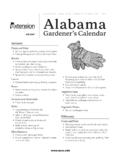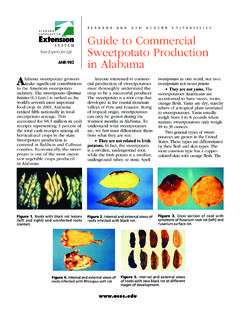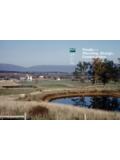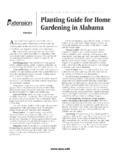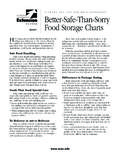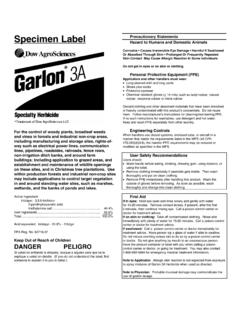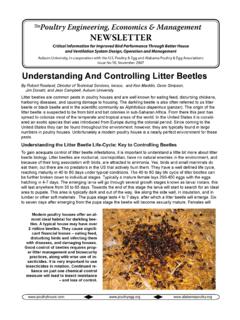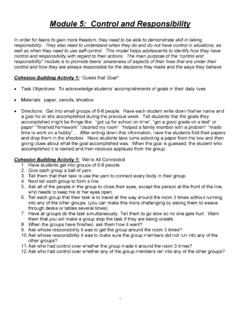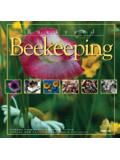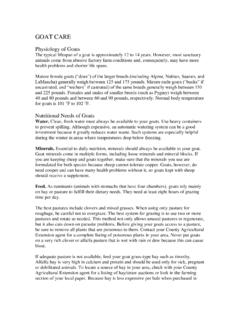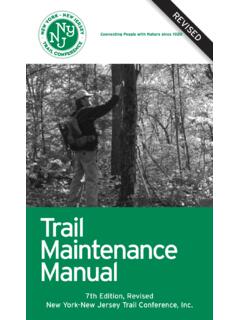Transcription of Alabama Smart Yards - ACES.edu
1 Introducing Environmental Consciousness and Practical management Options to our Yards & neighborhoods Alabama A&M and Auburn Universities ANR-1359. ii is a motto that reflects our state's natural resources and biodiversity. Using scientifically based, environmentally sustainable landscape practices, we can maintain and enhance the unique natural beauty of Alabama for ourselves and for generations to follow. Conservation and efficient, responsible use of our natural resources is the overriding concept and the educational goal of the Alabama Smart Yards (ASY) program. Participating in this process will save you time, energy, and money while preserving our natural heritage.
2 ASY is a cooperative alliance and mission developed by the Alabama Cooperative Extension System, the Alabama Department of Environmental Management, the Alabama Nursery and Landscape Association, the Alabama Master Gardeners Association, and the Auburn University Department of Horticulture. Information contained in this manual was edited and adapted for Alabama 's climate and soils from the Florida Yards and Neighborhoods Program with permission from the authors. We thank the authors for their hard work and the US Environmental Protection Agency for partial support of this program. We also would like to thank the authors of the Tennessee Yards and Neighborhoods Program for sharing ideas and marketing concepts.
3 1. GETTING STARTED. A Successful Landscape Common Landscape 2. LANDSCAPE INSTALLATION. Plant Selection and Placement ..7. Planting Proper Tree Turfgrasses ..11. Ask the 3. WATERING EFFICIENTLY/IRRIGATION PRACTICES. Watering Calibrating Irrigation Systems ..17. 4. CARE AND MAINTENANCE. Pruning ..19. Lawn Maintenance and Mowing ..21. Fertilizing Fertilizing Woody Landscape Plants ..24. Soil Testing ..25. Indicator Species of Healthy Environment ..26. 5. MULCHING. Mulch Facts ..27. Guidelines for Using How Much to Using yard Waste as Mulch ..29. iii 6. RECYCLING yard WASTE. Recycle While You Mow ..31. Composting ..32. 7. ATTRACTING WILDLIFE. Requirements for Butterfly Honey Bees.
4 37. Good Plants for Bees ..38. 8. MANAGING yard PESTS RESPONSIBLY. Integrated Pest Management ..41. Avoiding Pest Problems ..42. Identifying Pest Problems ..43. Treating Pest Problems ..43. Common Landscape Pests and Their Management ..44. Plant Diseases ..46. 9. REDUCING STORMWATER RUNOFF. Nonpoint Source Making Every Raindrop Count ..48. Grass lined Non impervious Surfaces ..49. Rain Barrels and Cisterns ..50. Controlling Mosquitoes and Rain Chains ..53. Rain Gardens ..54. Constructed Wetlands and Retention Ponds ..56. 10. PROTECTING THE WATERFRONT. Saltwater Freshwater Man made Lakes and Stormwater Control Ponds (Retention Ponds)..61. Seasonal Ponds.
5 61. APPENDIX. Extension Extension Master Gardener Publications ..63. Plant List ..65. Plants for Rain Regional Plant Nurseries ..81. Site Assessment Instructions ..85. Site Assessment Checklist ..89. iv Contributing authors Eve Brantley Willie Datcher Mark Dougherty Glenn Fain Tony Glover Ellen Huckabay Patti Hurley Charlene Lebleu Gerald McQueen Jr. Sallie Michael Eric Reutebuch Roland Roark Katie Werneth Amy Wright EDITORS. Bernice Fischman Kerry Smith Ken Tilt DESIGN. Bernice Fischman v vi CHAPTER ONE: GETTING STARTED. A Successful Landscape Plan Common Landscape Mistakes A SUCCESSFUL LANDSCAPE PLAN. An Alabama Smart yard doesn't merely offer a good looking, low maintenance landscape; it also becomes an asset to the environment, protecting natural resources and preserving our state's unique beauty.
6 Recognizing that the home landscape is part of a larger natural system will help create an Alabama Smart yard . Designing a beautiful yard begins with good decisions based on what you and your landscape require. Whether you are designing on a shoestring budget or hiring a professional landscape architect, understanding a few basic concepts will help you make good decisions and avoid problems down the road. The secret to creating a successful landscape design is using a logical planning process. Follow the steps outlined below to develop your own landscape plan. Decide Why You Want to Landscape and Set Goals Most homeowners recognize landscaping as a way to add beauty to their home or to improve the resale value.
7 Other reasons to landscape might include more specific needs such as noise reduction, creating a focal point, or attracting wildlife to a yard . The ASY program aims to protect the environment while meeting these needs. Appropriate landscaping stabilizes soil, prevents erosion, filters pollutants, saves energy, and reduces harmful runoff, all of which contribute to preserving Alabama 's unique natural resources. GLOSSARY BOX: Runoff: the portion of rain or irrigation water on an area that is discharged through stream channels. The water that is lost without entering the soil is called surface runoff. How will you use your property? You might need a play area for your children or wish to entertain family and friends outdoors.
8 Your passion may be raising vegetables or simply maintaining a small flowerbed at the mailbox. Decide how much time you want to spend in your yard . Creating a low maintenance yard will ultimately save time and money. Analyze the Existing Site (Use the Site Assessment Instructions and Checklist in the Appendix page 85). Walk around your property and note your site's conditions. Does your site demand plants that are tolerant of full sun, shade, drought, or occasional flooding? If you do not know your soil's pH and nutrient content you may want to conduct a soil test (see page 25). Look at existing plants and decide which ones you want to keep. Trees with long life spans like live oak (Quercus virginiana) and bald cypress (Taxodium distichum) are desirable and should be preserved.
9 Plants that always seem to have one problem or another throughout the year are good candidates for removal. You should always remove any invasive species like privet (Ligustrum sinense) and kudzu (Pueraria lobata). 1. Understanding USDA hardiness zones The USDA hardiness zone map of the United States is broken down into zones of average minimum temperatures. You should only select plants that can tolerate average lowest temperatures for your area. Alabama covers two hardiness zones: Zone 8 reaches from about Clanton southward; Zone 7 is above Clanton. Average minimum temperature for the southern half of Alabama is 10 F to 20 F. The northern half of the state averages 0 F to 10 F minimum temperature.
10 Pink: average minimum temperatures = 0 to 5 F. Red: average minimum temperatures = 5 to 10 F. Light green: average minimum temperatures = 10 to 15 F. Dark green: average minimum temperatures = 15 to 20 F. Know your soil Determine your soil's texture. Sandy soil will be better drained than clayey soil. For an in depth explanation of Alabama soil types go to the National Resources Conservation Service site: Before fertilizing, conduct a soil test: for an analysis of your soil's nutrients and pH. Follow recommendations for fertilizer and other amendments. Your soil's pH is one of the most important measurements you need to know. Neutralizing a soil's pH makes certain valuable nutrients more available to plants.
